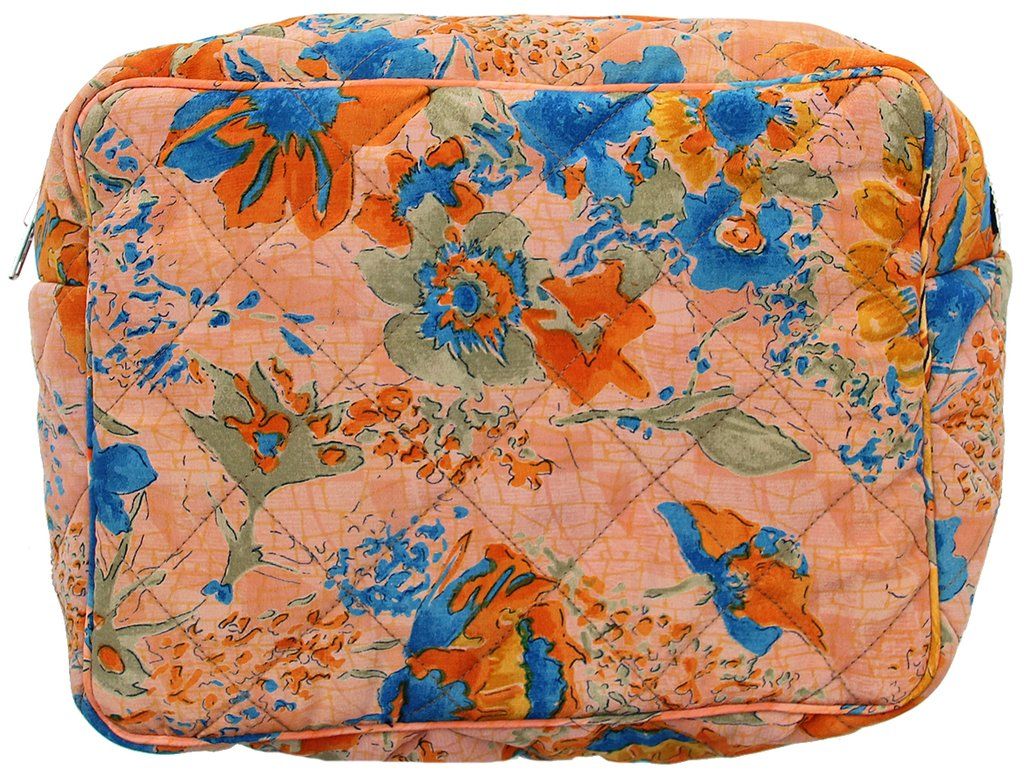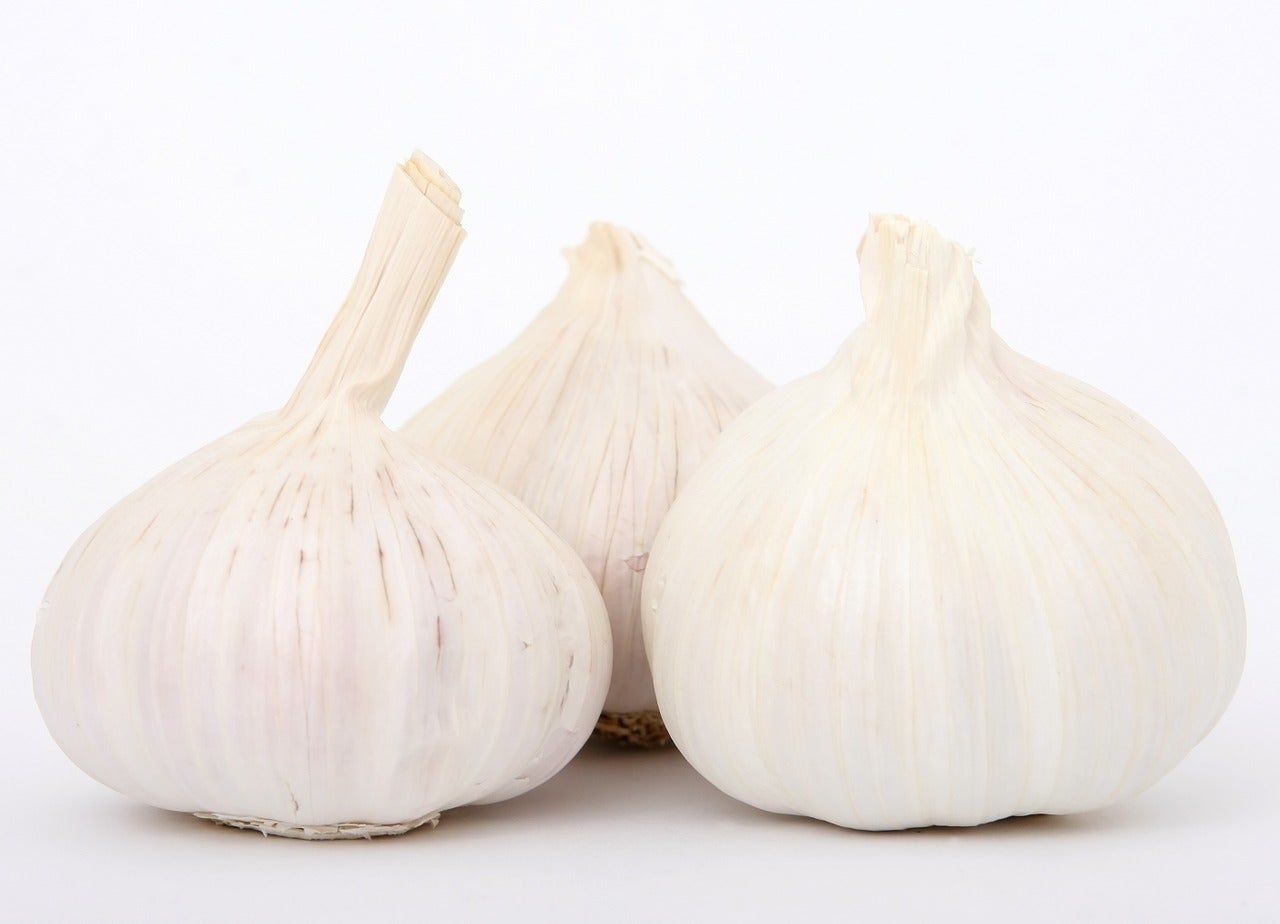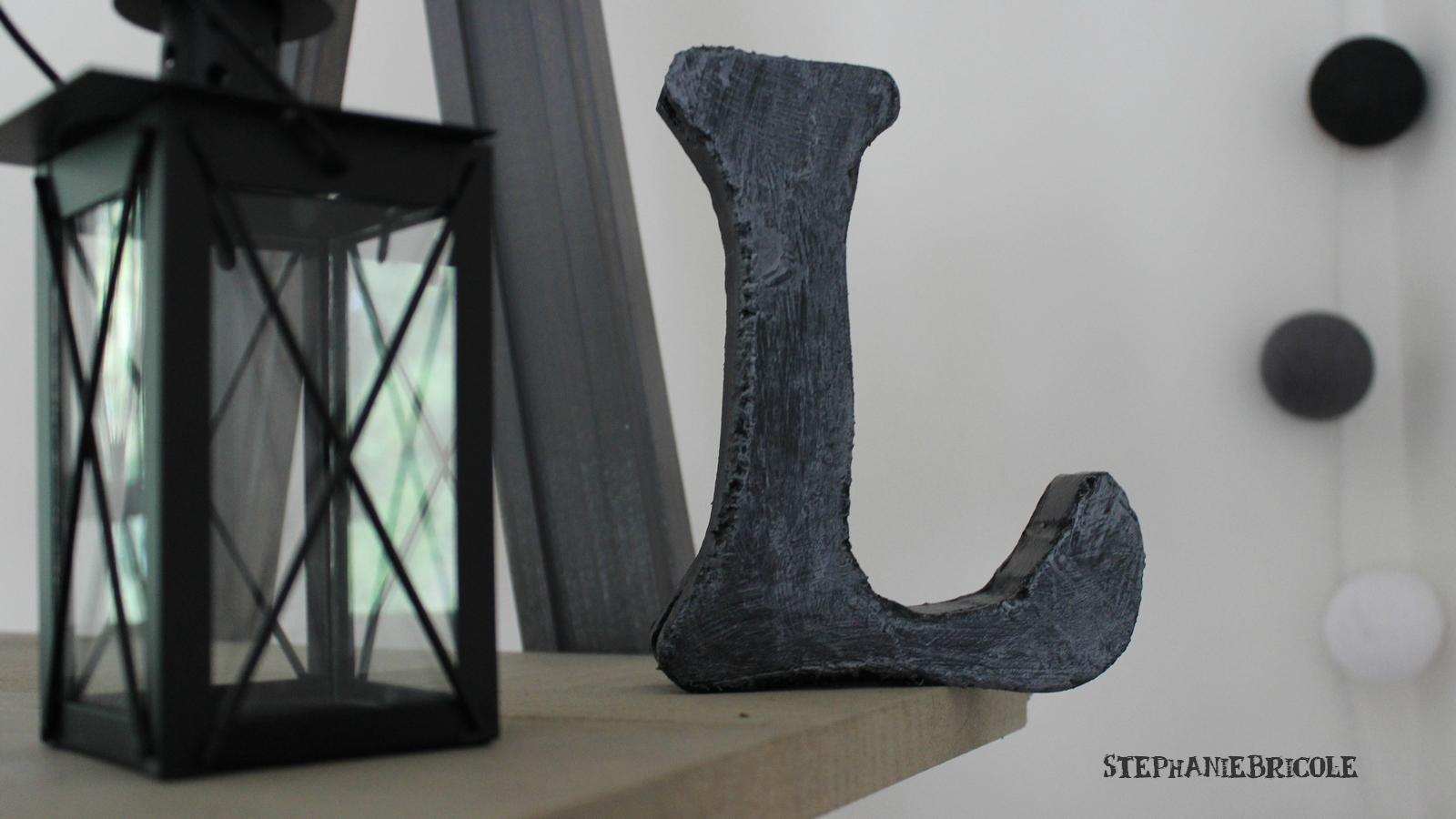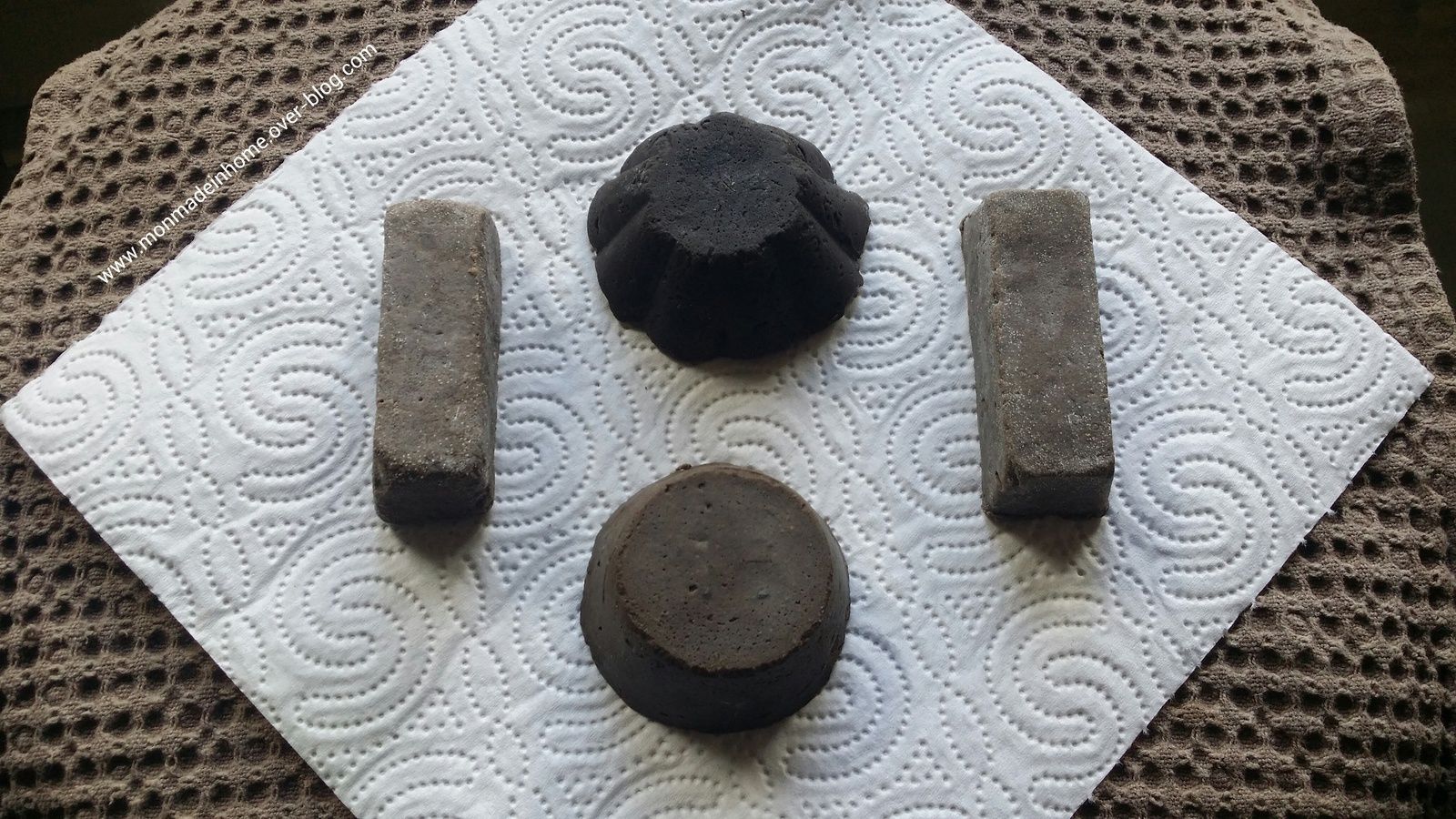My First Chicken Coop: The Easy Guide For Beginners.
More and more people have chickens in their backyard.
Not only is it not expensive to feed ...
... but in addition it gives you good fresh eggs for free!
If you, too, are planning on raising a few chickens at home, there are a few basic tips you should know.
This beginner's guide will allow you to have a great chicken coop with happy and healthy chickens! Look :

1. The chicken coop

The chicken coop is where your hens will sleep and lay their eggs. It is therefore important that they feel at home there!
For a chicken coop to be well laid out, it must have several things.
First of all, a chicken coop needs a security lock on the door but also windows covered with fabric to prevent predators from entering, especially at night.
Inside, the chicken coop should have bars or branches for the hens to roost and rest on.
But that's not all ! Hens should also have nest boxes filled with straw or pine shavings for laying their eggs.
Provide a nesting box in the henhouse for 3 or 4 hens and space them about 1 meter apart.
2. The enclosure

Chickens need room to stretch their legs and be healthy.
It is for this reason that having an enclosure in addition to the henhouse is essential to have happy hens.
The enclosure will allow your hens to occupy themselves all day in safety.
In particular, they will be able to catch insects, roll around in the dust, expose themselves to the sun and run after each other.
This enclosure must be surrounded by a chain-link fence to prevent foxes, dogs and other predators from coming in and causing carnage.
It must also be covered to prevent raptors such as hawks and owls from coming to help themselves in the enclosure.
So that your hens have enough space, plan at least 3 m2 of space per hen.
3. Food

From 5 to 6 months of age, chickens can be fed a basic adult diet.
What can we feed the chickens? It can be whole, granulated or crushed seeds.
In any case, preferably choose organic seeds without GMOs.
Food can be enriched with omega-3s and other nutrients, but this is not required.
If you want to feed your chickens well on the cheap, discover our tips here.
The best is to feed them twice a day: for half an hour in the morning and as much in the evening.
But you can also let them self-serve food.
If you opt for this formula, scatter the seeds all over the pen so that the hens are busy finding them.
4. Food supplements

In addition to the conventional diet, laying hens need additional calcium to stimulate laying.
To provide them with this calcium, you can use eggshells or crushed oyster shells.
This supplement must be freely accessible in a separate container.
So each hen can eat as much as she needs.
Be aware that roosters and chickens do not need this supplement, it is only for laying hens.
5. Gravel

Did you know that chickens need to eat some gravel to better digest their food?
To do this, just put a little gravel in the enclosure.
There are bags of it on the market, but be aware that free-range hens usually find it on their own.
Check if you have any on the floor to see if you should buy some or not.
6. Water

Hens need constant access to fresh, clean water.
Be careful that the water does not stagnate to avoid bacteria.
You can add apple cider vinegar (1 tablespoon of apple cider vinegar per 4 liters of water) several times a week.
This helps prevent the formation of algae and the proliferation of bacteria. In addition, it is good for the health of your chickens.
7. The dust container

Hens love to roll around in sand or dirt to remove parasites that cling to their feathers.
They must have access to them at all times of the day to be able to eliminate fleas and other parasites easily.
In addition, the advantage of the dust bin is that their feathers stay clean.
To make your homemade dust bin, you can use an inflatable children's pool filled with sand.
It can also be in a large container or in an old tire like here in this tip.
Know that if there is no specific place in the henhouse to take a dust bath, the hens will create it themselves by making holes in the ground.
Your turn...
Did you follow this beginner's guide? Tell us in the comments if it worked for you. We can't wait to hear from you!
Do you like this trick ? Share it with your friends on Facebook.
Also to discover:
10 Tips For Your Chicken Coop Your Chickens Will Love!
The Easy Way To Remove Lice From Hens.










